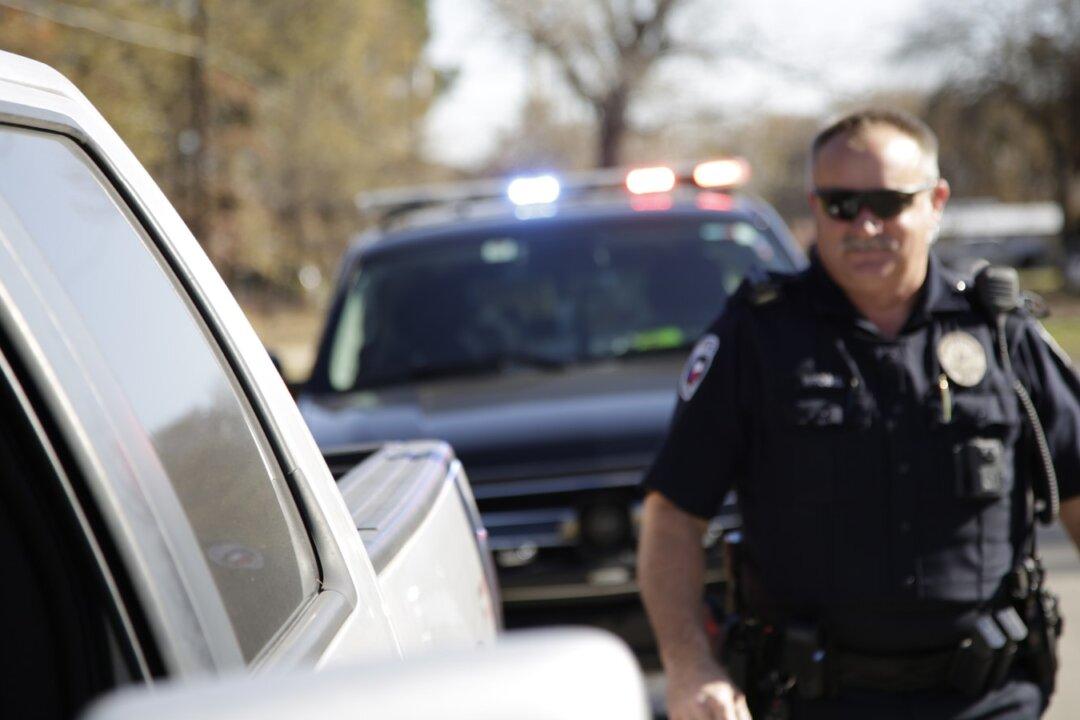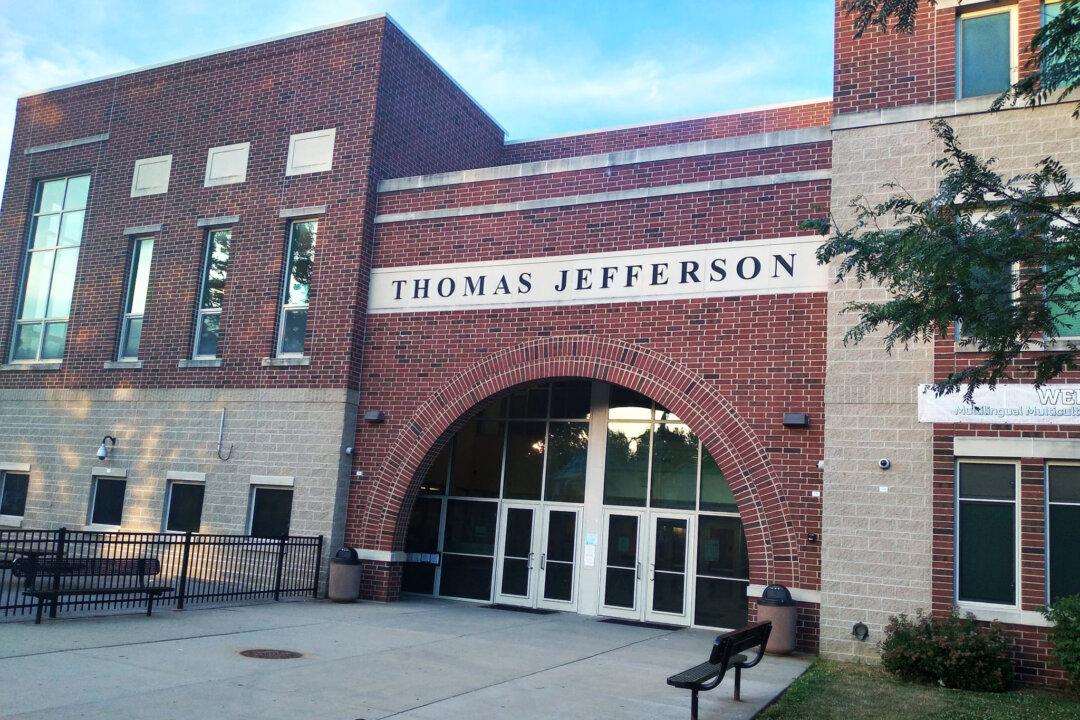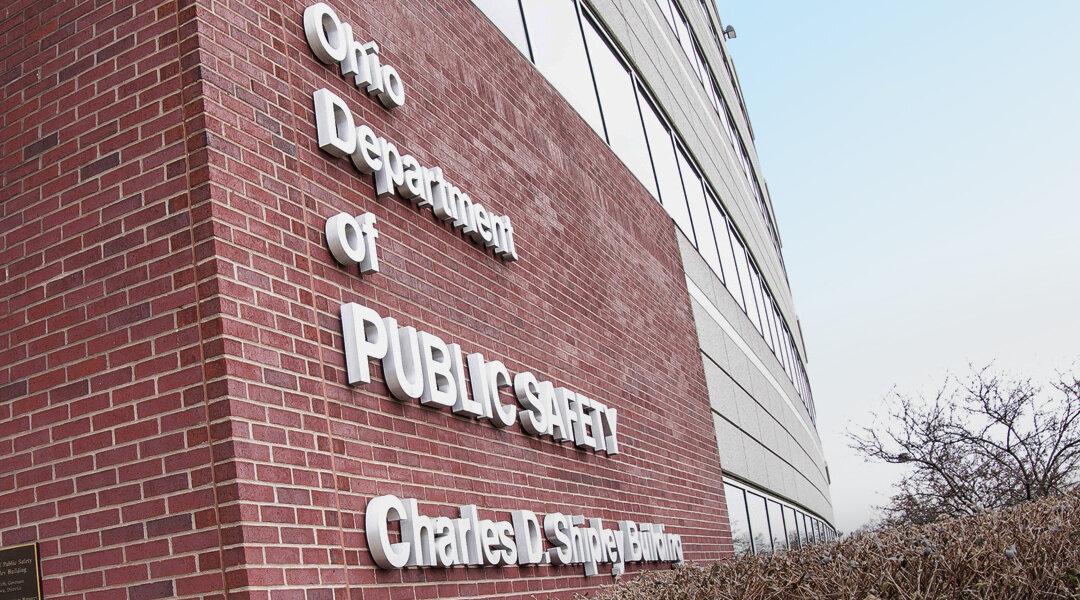Ohio’s legislators have requested that new district boundary maps not be drawn or implemented until after the Nov. 8 General Election.
The move comes as the second phase of Ohio’s primary election—that could be held as early as Aug. 2 for the State House and State Senate offices—is being planned.




